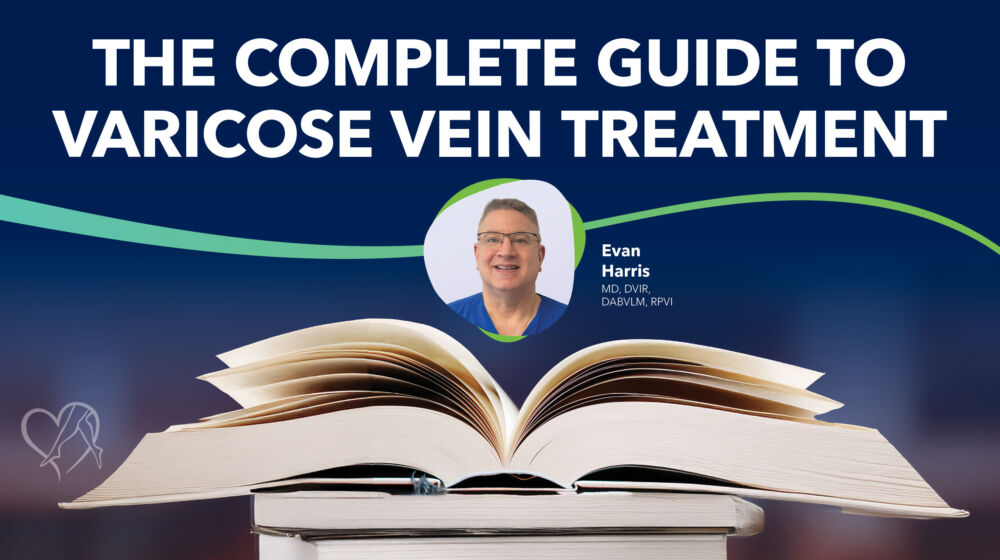It's no secret that a woman's body undergoes remarkable changes during pregnancy. While an expanding waistline is observable, what may be less obvious is how the venous system is impacted by pregnancy.
According to the Society for Vascular Surgery, up to 80 percent of pregnant women will experience some symptoms related to venous insufficiency (vein disease), such as swelling.1
This risk increases with each subsequent pregnancy if left untreated. If a woman is predisposed to venous insufficiency due to heredity, obesity, or smoking, the risk of developing venous insufficiency is even higher.
Pregnancy and the Lower Body
During pregnancy, blood volume increases by 30 to 50 percent, while the number of veins remains the same.2 Rising progesterone levels cause the normally sturdy blood vessel walls to relax. As pressure builds under the growing baby's weight, the large vein on the right side of the body (called the inferior vena cava) increases pressure within the leg veins. These stressed leg valves can give way and allow the extra blood to pool in the feet, ankles, and legs.
Moms-to-be who have a family history of varicose veins or had varicose veins during previous pregnancies are at higher risk of developing bulging, unsightly varicose veins. Varicose veins may become more prominent as the pregnancy advances and the baby gets bigger.
What can be done to prevent varicose veins during pregnancy?
While there's nothing anyone can do about their genetic predisposition to prevent varicose veins, a pregnant woman can help reduce her risk. Talk to your doctor before trying any of these techniques:
Elevate the legs
By keeping the feet and legs level with the heart, gravity can help drain blood out of leg veins.
Stay active
While it might be easier said than done, especially in the later stage of pregnancy, walking activates the "pump action" of the calf muscles to circulate blood out of the legs.
Wear flat shoes
Besides being a fall hazard due to a shift in a pregnant woman's center of gravity, high heels restrict the full range of motion, including that all-important "pump action" of the calf muscles.
Maintain a healthy weight
More weight puts more stress on leg veins. Talk to your doctor about a pregnancy-healthy, well-balanced diet.
Sleep on the left side
The inferior vena cava is a large vein on the body's right side that carries deoxygenated blood to the heart from the legs and feet. Sleeping on the left side allows optimal blood flow from the inferior vena cava. Sleeping on the right side takes the pressure off the liver and kidneys, too.
Compression stockings
Compression stockings are an essential tool in helping the venous system circulate the blood and deliver it back to the heart.
How do maternity compression stockings help?
Compression stockings can alleviate swelling and ease the feeling of tired, achy legs associated with pregnancy. Gradient maternity compression stockings, available by prescription through CVR Compression Care, are tighter at the feet and ankles and become looser further up the legs. The leg valves can work more efficiently by the gentle squeeze provided by compression, thus reducing pressure within the veins.
The additional support that compression stockings provide is helpful for the moms-to-be who are on the go—walking, working out, or chasing little ones around. Conversely, pregnant women who sit or stand for long periods for work or travel also benefit from the "hug" that compression provides.
Varicose Vein Care After Pregnancy
According to the National Center for Biotechnology Information (NCBI), about 40 percent of women experience varicose veins during pregnancy.3 Often, these bulging veins improve within three to four months after delivery. However, there are some women for whom varicose veins do not go away. These painful, unsightly veins tend to worsen with each additional pregnancy and as the woman gets older.
Because it is not recommended that a woman have vein treatment during pregnancy, moms must have their legs treated before any subsequent pregnancy. Untreated varicose veins can lead to more severe discomfort such as itching, pain, swelling, skin changes (i.e., discoloration, leathery or flakey texture), and leg ulcers.
Treatment begins with a consultation with a vein expert, including a complete health history and thorough leg ultrasound.
Schedule your post-pregnancy consultation now
The board-certified physicians at Center for Vein Restoration are experts at treating moms and moms-to-be so that they can live comfortably, free of unsightly, burning, itching, painful varicose veins. Call 240-965-3915 or easily schedule online.
- Chronic Venous Insufficiency, Society for Vascular Surgery, vascular.org
- Physical Changes During Pregnancy, Merck Manual, Raul Artal-Mittelmark, MD, Saint Louis University School of Medicine
- Varicose Veins in the Legs: The Diagnosis and Management of Varicose Veins, National Center for Biotechnology Information, NICE Clinical Guidelines, No. 168
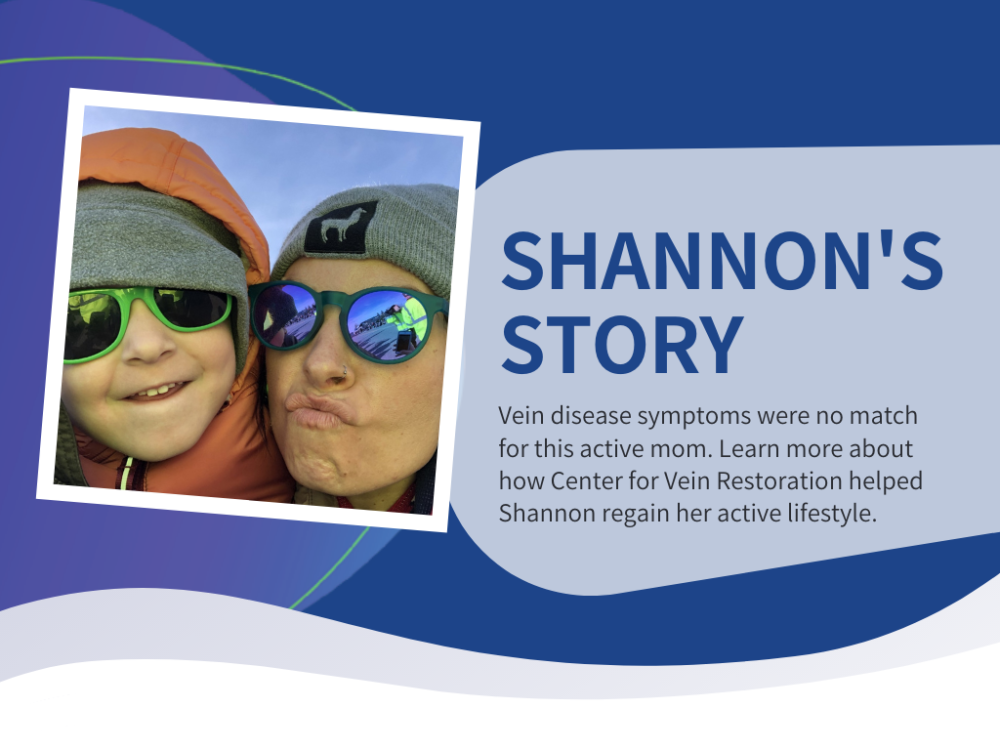
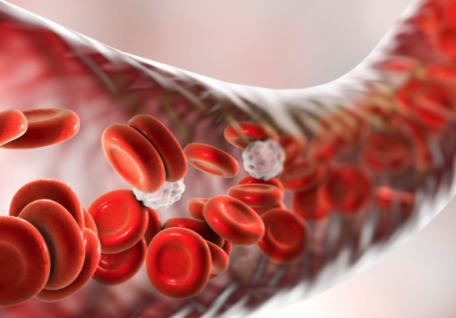 About Vein Disease
About Vein Disease
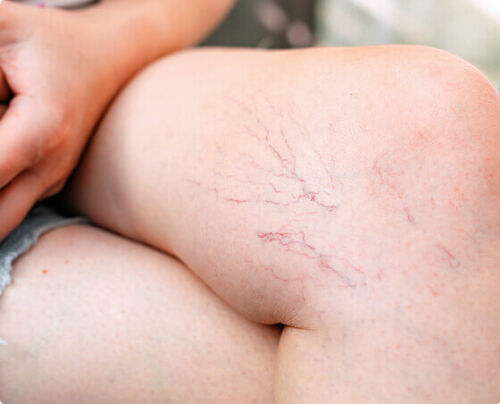 Spider Veins
Spider Veins
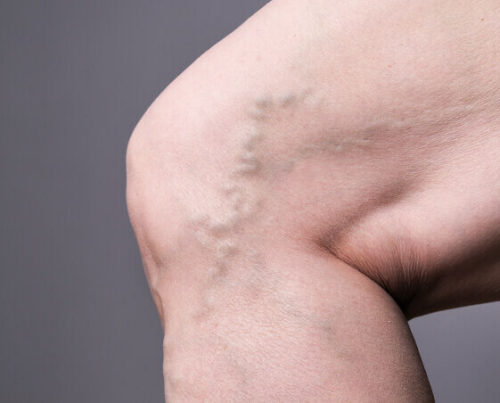 Varicose Veins
Varicose Veins
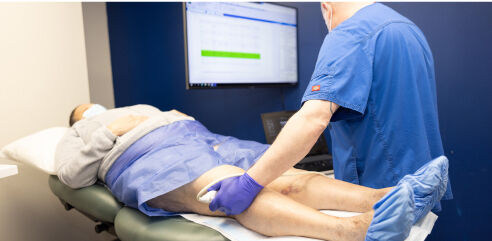 Vein Disease Treatments
Vein Disease Treatments
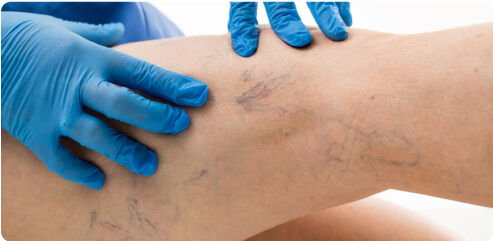 Treating Spider Veins
Treating Spider Veins
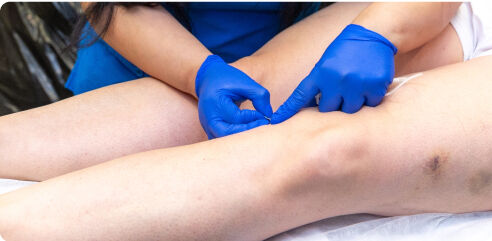 Treating Varicose Veins
Treating Varicose Veins
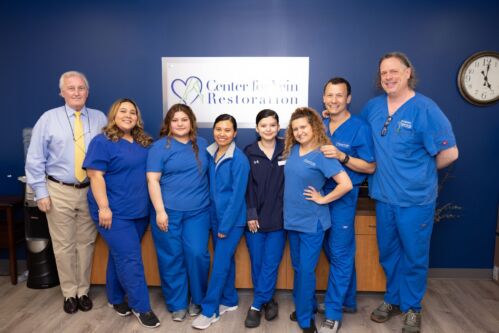 About Us
About Us
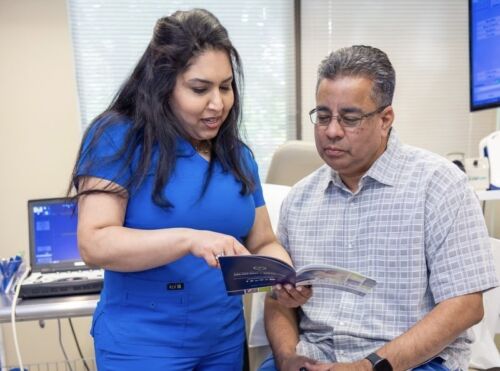 Patient Resources
Patient Resources
 Physician Resources
Physician Resources

